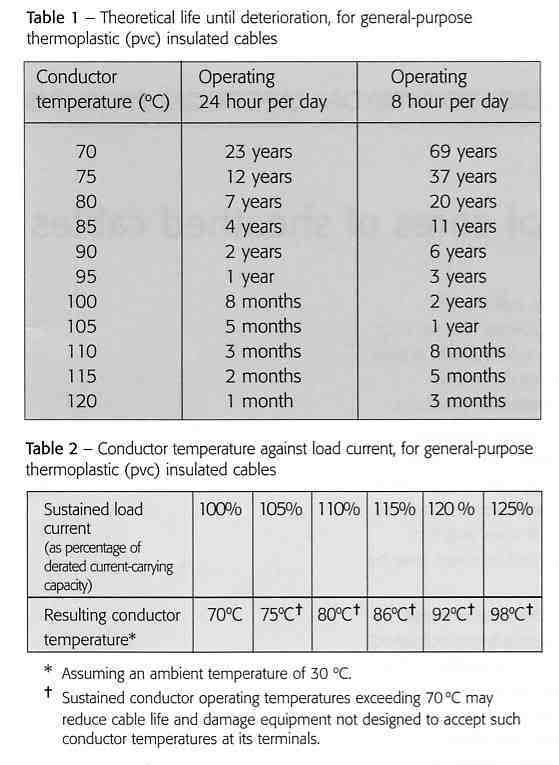joe-90 said:You can do better than that. Get a pan of water. Bring it up to the boil. Cut off a length of cable and immerse it for an hour. Take a photo and post it here. If it doesn't look the same as before it went into the pan I'll admit that I am wrong. Deal? You'll also win the Nobel Prize for proving physics wrong.
Standard pvc cables are designed to run at a maximum of 70°c any higher and the insulation will start to break down over a period of time inversely proportional to the temperature is is exposed to.Putting it in a pan of boiling water for an hour would probably not show any immediate effects but cables lay in floor voids for a lot longer than an hour.Now crawl back under your stone and stay there until you have something worthwhile to say


